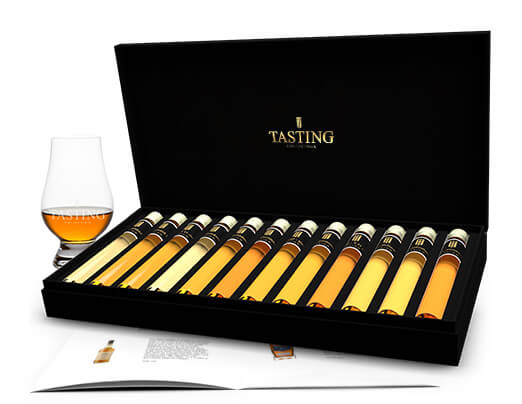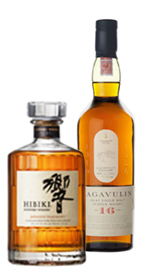CognacThe prestigious spirit from France.
|
What is Cognac?
Cognac is a spirituous beverage made by distilling white wine with an alcohol content of 40% or higher. Cognac must meet a number of conditions:
- The drink must have been produced in the Cognac region.
- Two distilling operations must be carried out.
- The drink must have been aged in wooden barrels for at least 2,5 years.
- The alcohol content must be at least 40%.
- There are only a few grape varieties from which Cognac can be made:
The grape varieties
Only 9 grape varieties may be used for the production of cognac:
- Ugni Blanc
- Colombard
- Folle Blanche
- Jurançon Blanc
- Meslier Saint-François
- Montils
- Select
- Follignan
- Sémillon
In 90% of the cases, however, the Ugni Blanc is used, also known locally as St-Emilion.
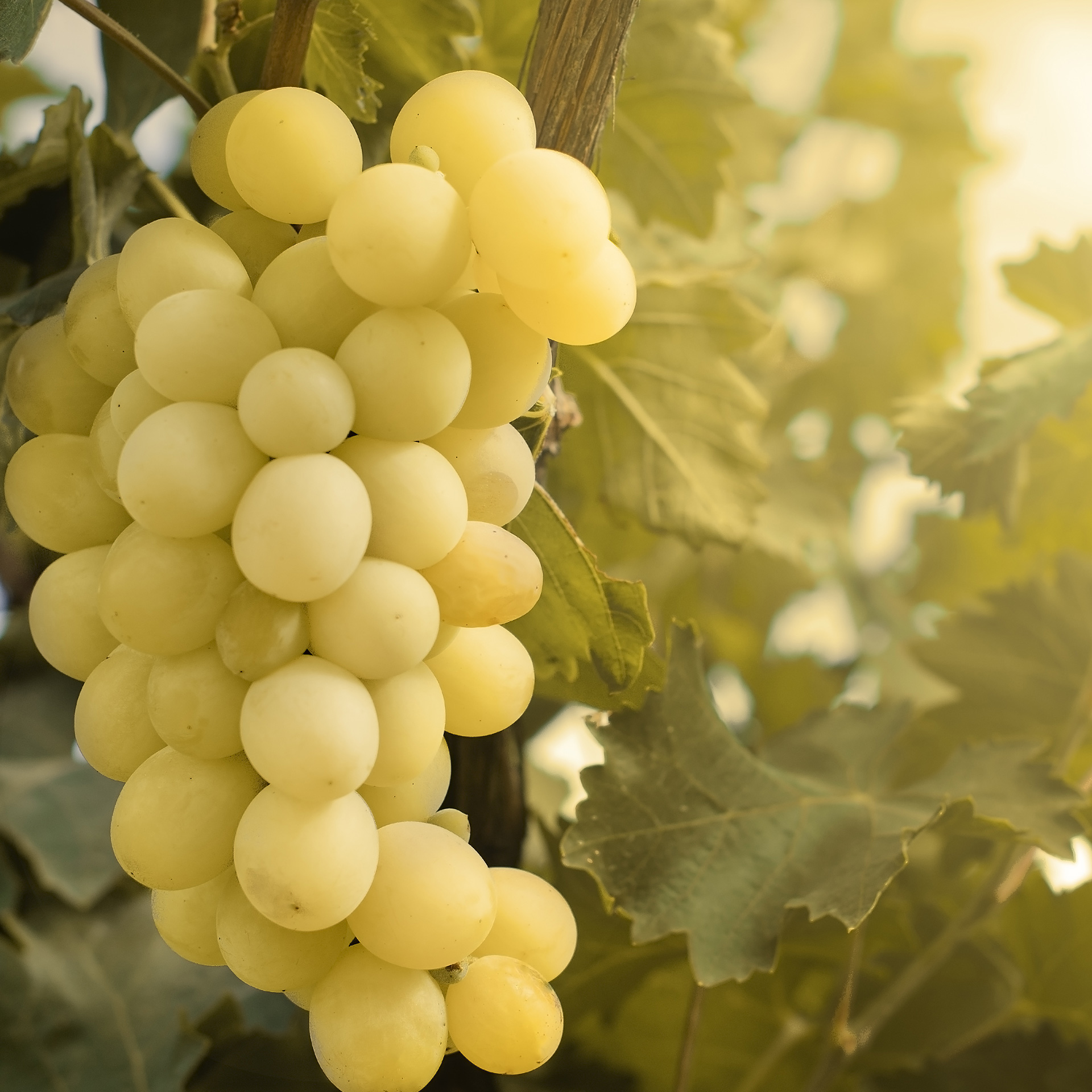
The names and ages of Cognac
Cognacs are marketed under different names depending on their age. Distillation shall be deemed to have taken place from the time of completion of distillation on 31 March. 2 years later in September, the cognac may be bottled and sold. Originally it was stipulated by law that the age of the cognac should not be mentioned on the bottle. However, since 1988, it has been possible to indicate years on a bottle if the producer can prove that the bottle contains only cognac from that year.
Each bottle does bear an age indication. The best known are:
V.S. or ***
V.S. Cognac has a minimum maturation period of two and a half years. V.S. stands for Very Special of Very Superior.
V.S.O.P, VO or Reserve
V.S.O.P. or Reserve Cognac has a minimum maturation period of four and a half years. V.S.O.P. stands for Very Superior Old Pale of Very Special Old Pale, V.O. for Very Old.
Extra, X.O, Napoléon, Hors d'Age or Ancestrale
XO Cognac has a minimum maturing time is six and a half years. X.O. stands for Exceptionally Old. The designation 'Napoleon' has nothing to do with the famous emperor.
An X.O. label can therefore be used for both a bottle whose blend is 6 years old on average and a bottle of 50 years old on average.
Some producers use their own system to indicate age, by giving their cognac a number or by working with a number of ducats.
The Cognac region
The Cognac region is divided into six districts, each with its own characteristics:
Grande Champagne
The more calcareous the soil, the more refined the cognac. Grande Champagne has the most calcareous soil. The Grande Champagne is the best of quality and is located in the heart of the cognac region.
Petite Champagne
Only the cognac of Grande and Petite Champagne, in which Grande Champagne has to make up the largest share (50%), can be called 'Fine Champagne Cognac'. The house Rémy Martin is the only big cognac house that only selects grapes from the two best crus: Grande Champagne and Petite Champagne.
Borderies, Fins Bois, Bons Bois and Bois Ordinaires
Usually the cognac species from different districts are mixed, so that they have the best properties of each one. The most sophisticated cognacs are produced by smaller, specialised producers. A cognac may only be called 'Fine Champagne' if the share of cognac from Grande Champagne is at least 50%. The vast majority of cognacs are made up of more than 2 districts; only 'Cognac' may appear on the label.
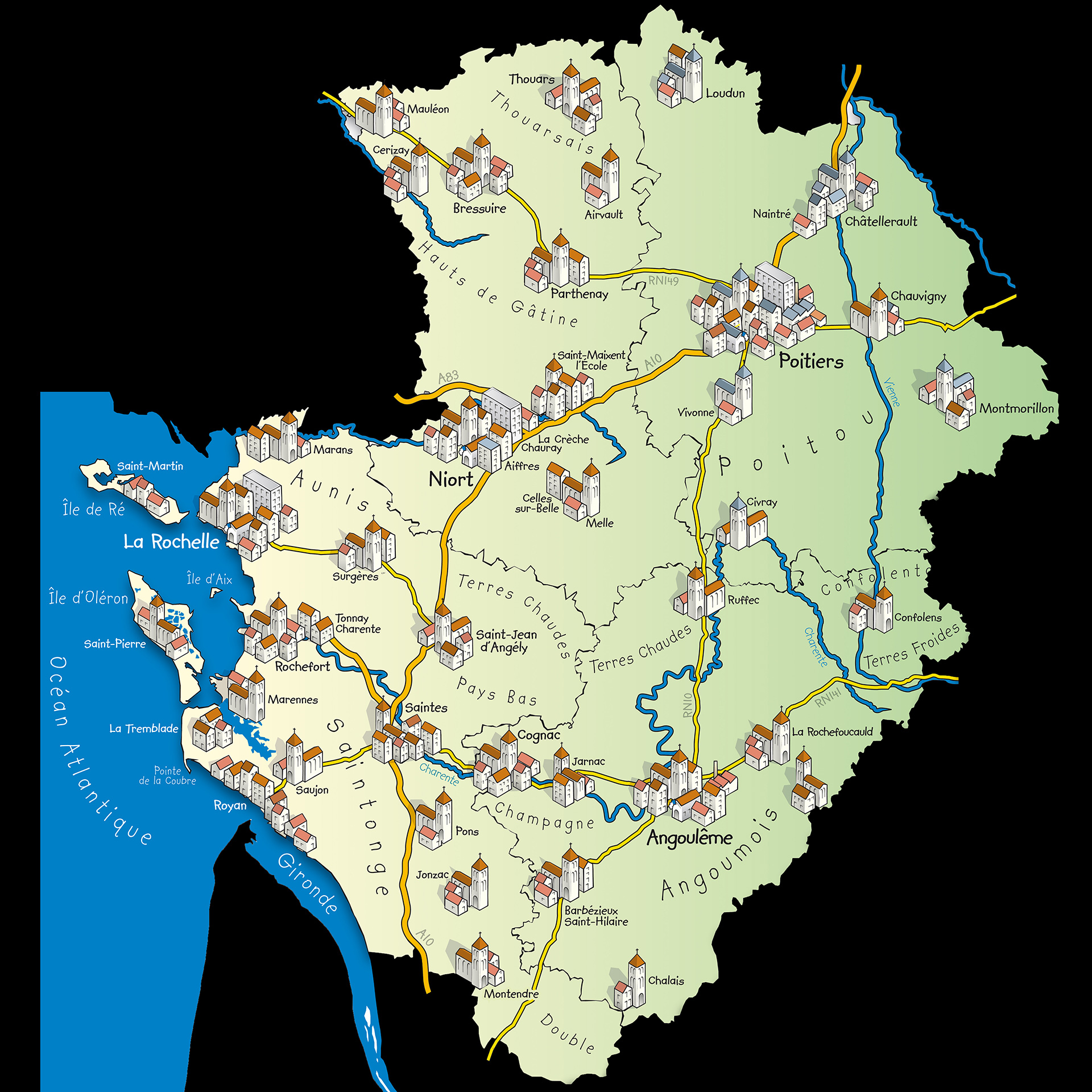
Production of Cognac
The grapes are pressed immediately after harvesting and fermented in 5 to 7 days into an acidic, turbid wine with an alcohol content of 8 to 10%. The natural fermentation process is sometimes helped by adding dried yeast. During fermentation, the heaviest particles of the wine sink to the bottom. This sediment is sometimes used later for distillation.
Distillation must be carried out with an alambic Charantais made entirely of copper. The wine is distilled for the first time (premiere driver) into a kind of brandy with an alcohol content of about 30%. After a second distillation called a bonne driver, the obtained spirits are placed on the barrels for maturation. Branded wine now has an alcohol content of around 70%. Only oaks from the Limousin or Tronçais regions are used for the barrels. The tannins in the wood and the humidity of the storage place play an important role in the taste formation of the cognac. Depending on the producer, the cognac is already mixed or poured into other drums during maturation. During the ripening process, part of the moisture evaporates through contact with the air - the "angelic part".
Only spirits that have matured for two and a half years in a barrel can be called cognac. Before bottling, the cognac is diluted with water to an alcohol percentage of usually 40%. Sugar or caramel is also added to young cognacs in particular. Usually the bottles sold are a mixture of multiple cognacs of different ages and districts. The age of cognac is the time when spirits have been aged in an oak barrel, with the youngest cognac of the mixture determining the age that may be placed on the bottle. Once cognac has been bottled, it does not get any older. An older cognac generally has a softer rounder taste and a deep brownish yellow color due to its interaction with the wood of the barrel in which the drink is matured. New distilled cognac is transparent.
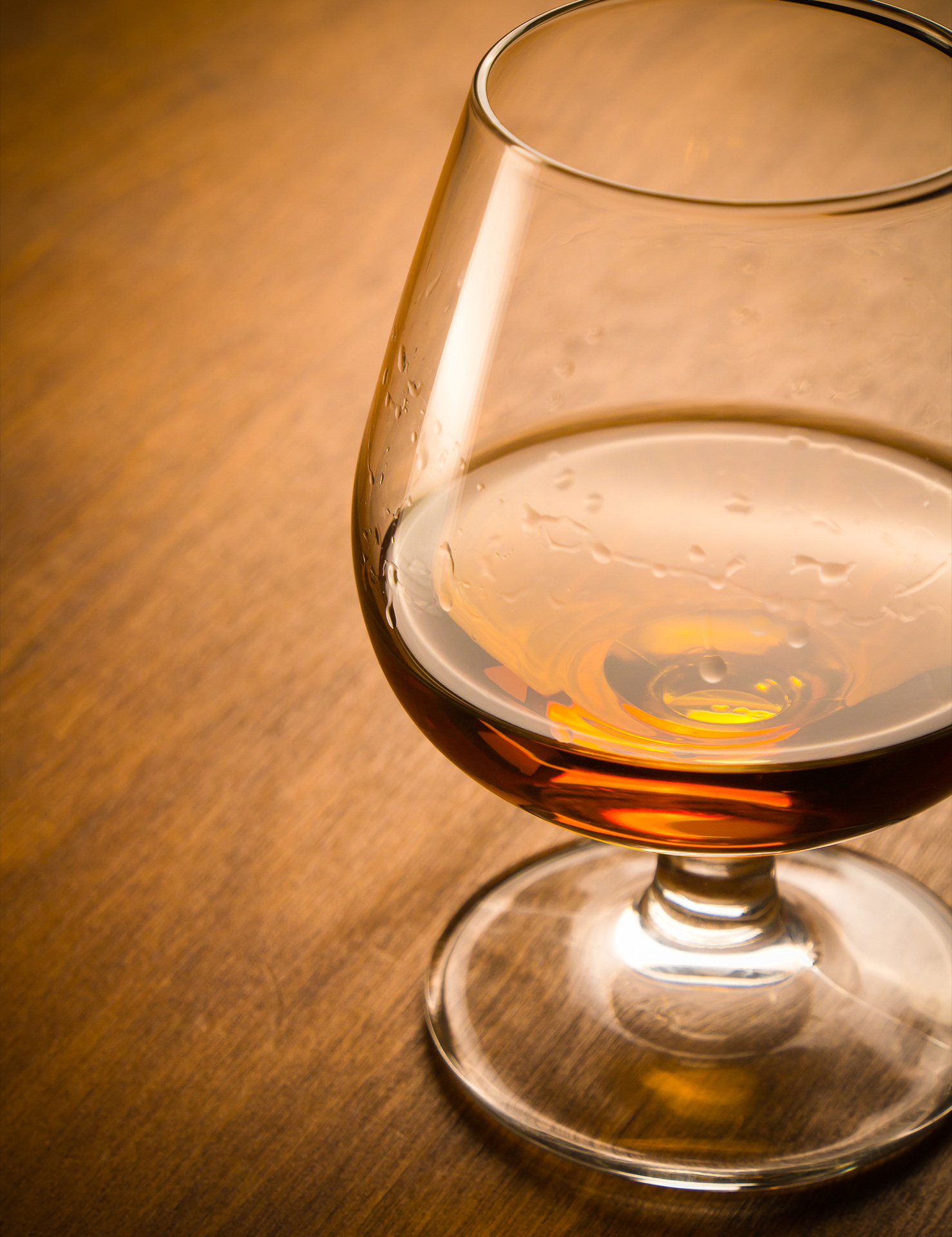
History of Cognac
Cognac preparation dates from the 17th century and is made by the distillation of white wine. Dutch ships had been calling at the Charente coast for decades, and the crew were happy to take the opportunity to buy French wine and take it back to the Netherlands. Because this wine lost its quality as a result of the long journey, the demand for distilled wine (brandy) that could be kept for a longer time grew. To this end, at the end of the 17th century the inhabitants of the Charente developed a drink with a second distillation. Since then, the town of Cognac has associated its name with this drink...
The consumer soon discovered that the brandy from the Cognac region was of a better quality than brandy from other regions and also wanted to pay more for Cognac. The Dutch strengthened their interests in the region and delivered their best cognac mainly to the English nobility. Because cognac remained mainly an export product, many young foreigners came to settle in the region. They regularly married in the local community and this is still reflected in the name of many well-known cogwomen.
At the end of the 18th century, Cognac houses Martell and Hennessy got the majority of the cognac trade in their hands. This remained the case until 150 years later, when small companies were able to capture part of the market. At the end of the 19th century, the drink suffered much from overproduction and a sharp fall in prices. After the phylloxera plague destroyed 85% of the vines in 16 years, the industry was saved by grafting grape phylloxera-resistant American vines onto the existing bushes. As a result, there was also a massive switch from the folle blanche Ugni Blanc grape.
Once the pest was under control, the demand for stricter protection and definition of cognac increased. In 1909, cognac became an Appellation d'Origine Contrôlée. Even before the First World War, Cognac conquered England as the main market and the colonies from there. After another decline due to the 1st and 2nd world wars, the demand for cognac increased again and the BNIC, the Bureau National Interprofessionnel du Cognac, was founded. This setting protects the quality and reputation of cognac.
Demand for cognac has been rising again since 1997. One of the reasons is that cognac has become popular in America, by well-known Afro American artists, who link their name and image to cognac. The demand for superior cognac is also increasing in Asia.
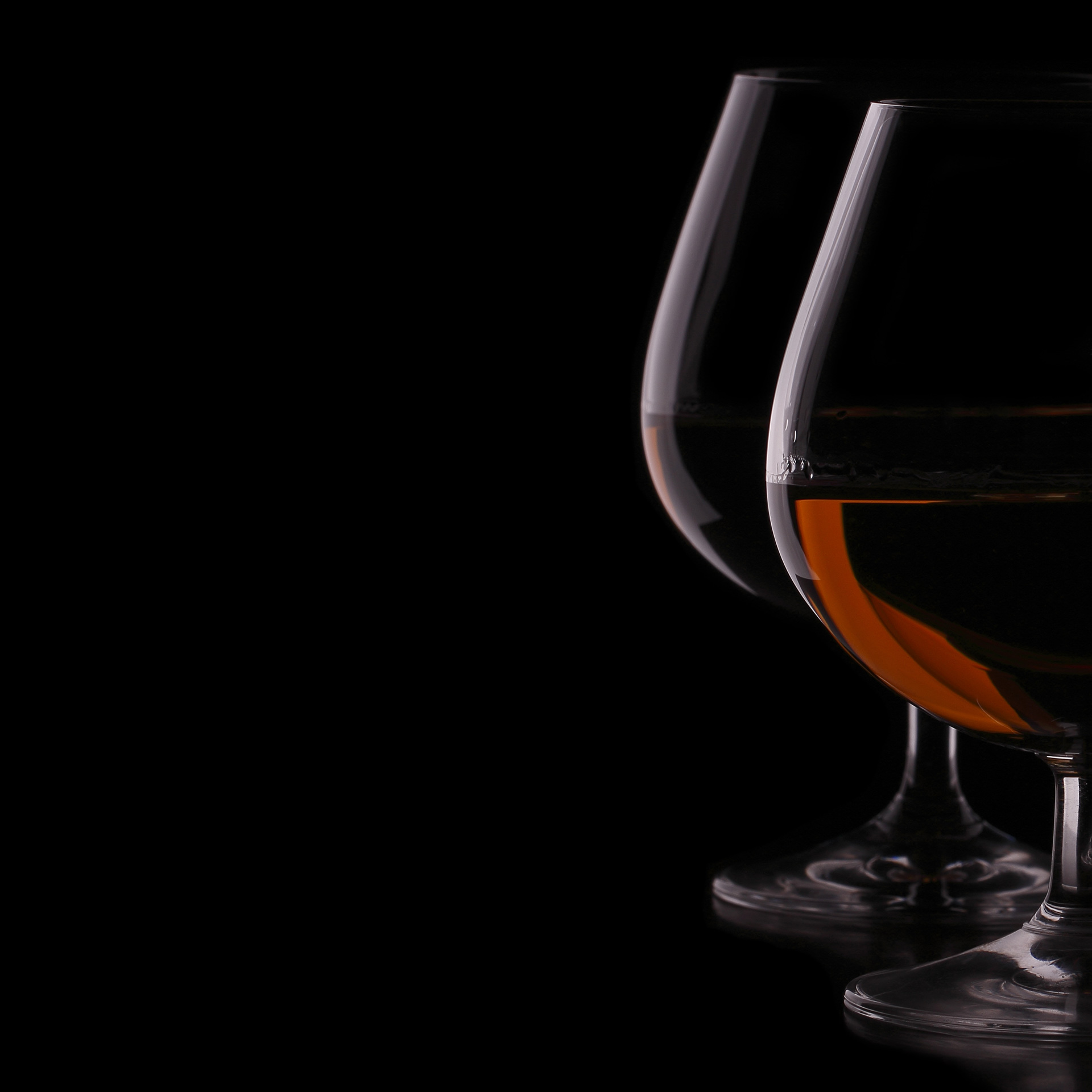
The difference between Cognac and Brandy
All white spirit wines not originating in the above mentioned regions (but produced elsewhere in the world) are commonly referred to as 'brandy'. Brandy' is an English astonishment of the Dutch word brandy. Brandy is the collective name for the various white wines distilled (a.o.): Cognac and Armagnac. Cognac comes exclusively from the French departments of Charente and Charente Maritime. Armagnac is located south of the Cognac, south-east of Bordeaux in the department of Gers. The area is divided into the areas Bas-Armagnac, Tenareze and Haut-Armagnac.
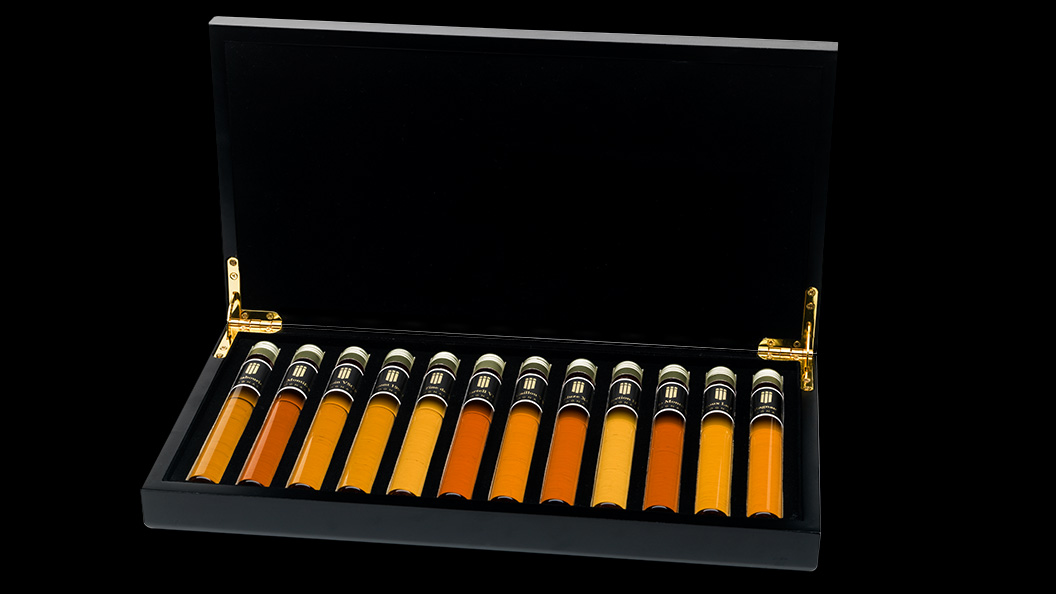
Cognac Tasting Collection
Are you enthusiastic and do you want to taste the best Cognac? Then order a Cognac Tasting Collection, try them all and find out which Cognac you like best!

